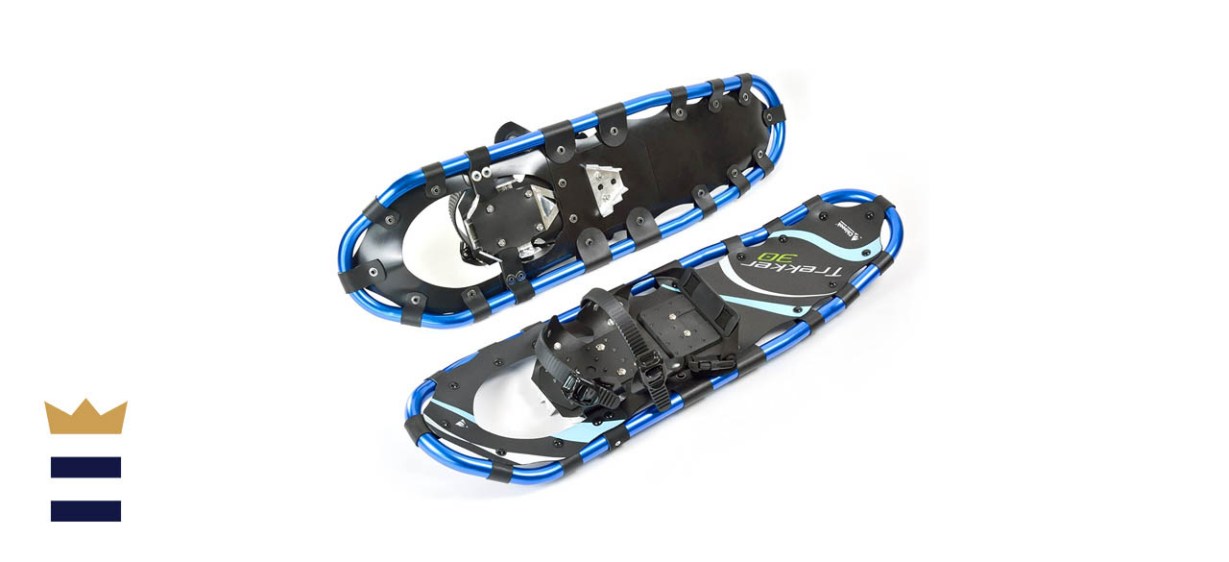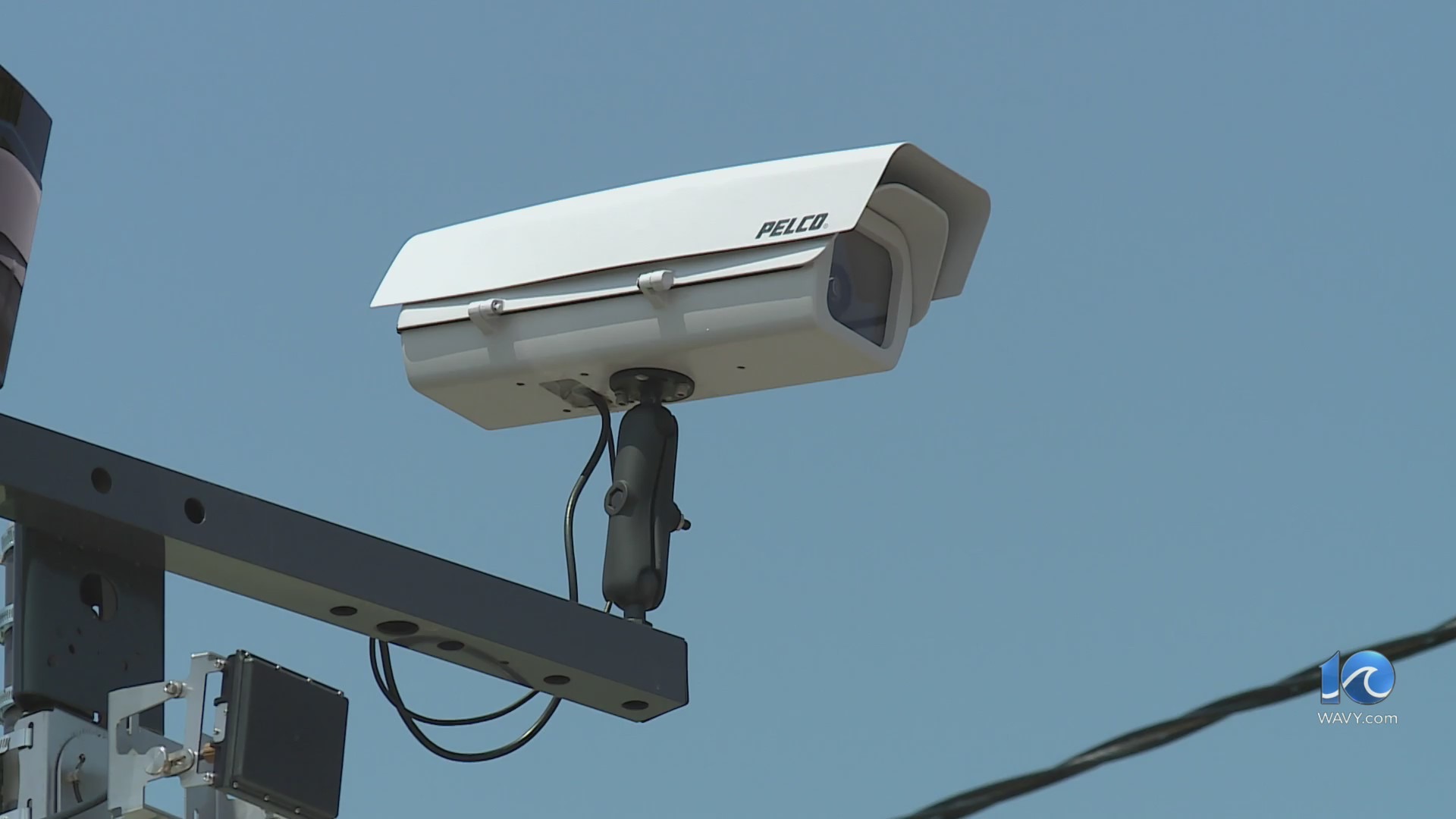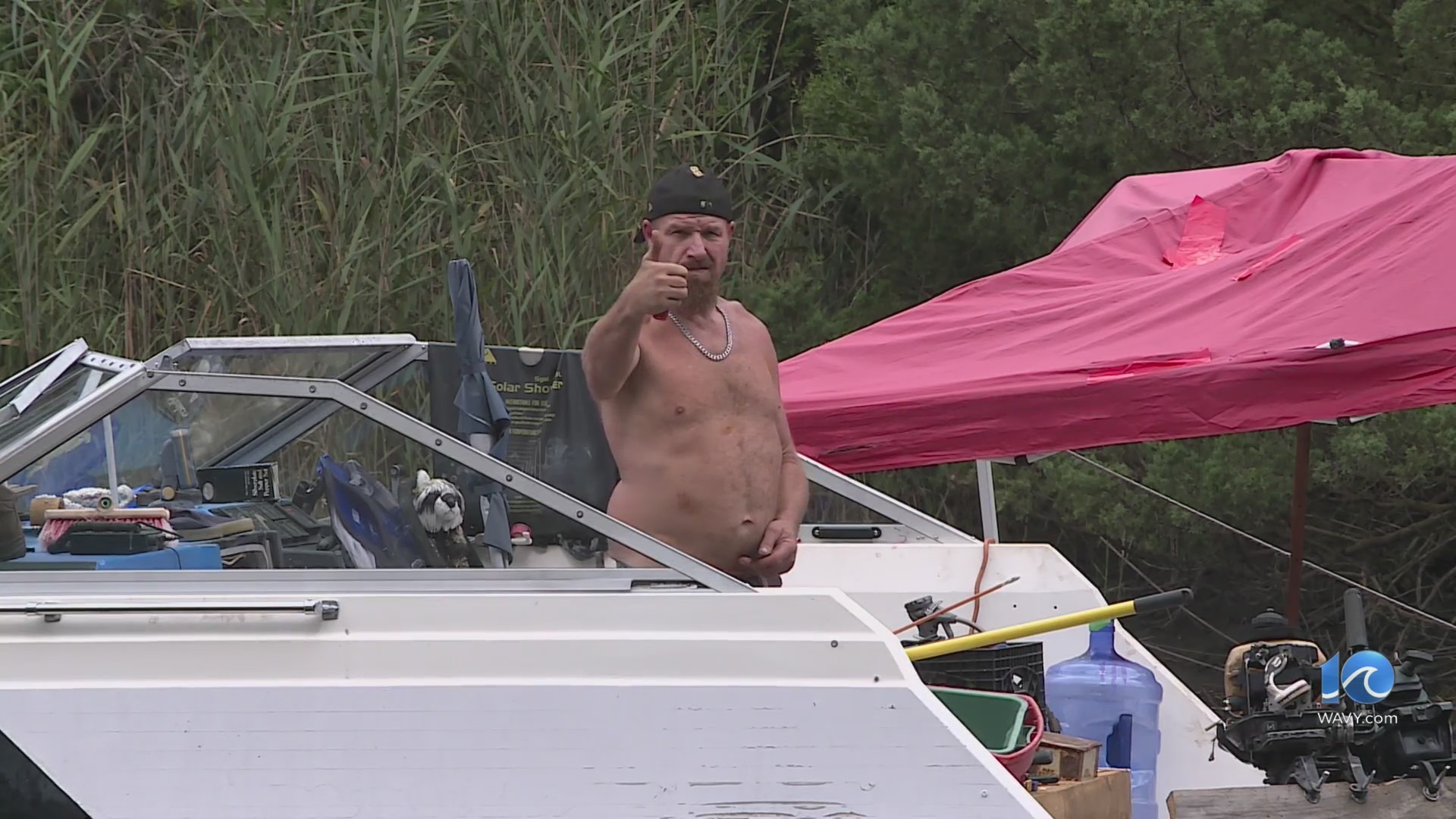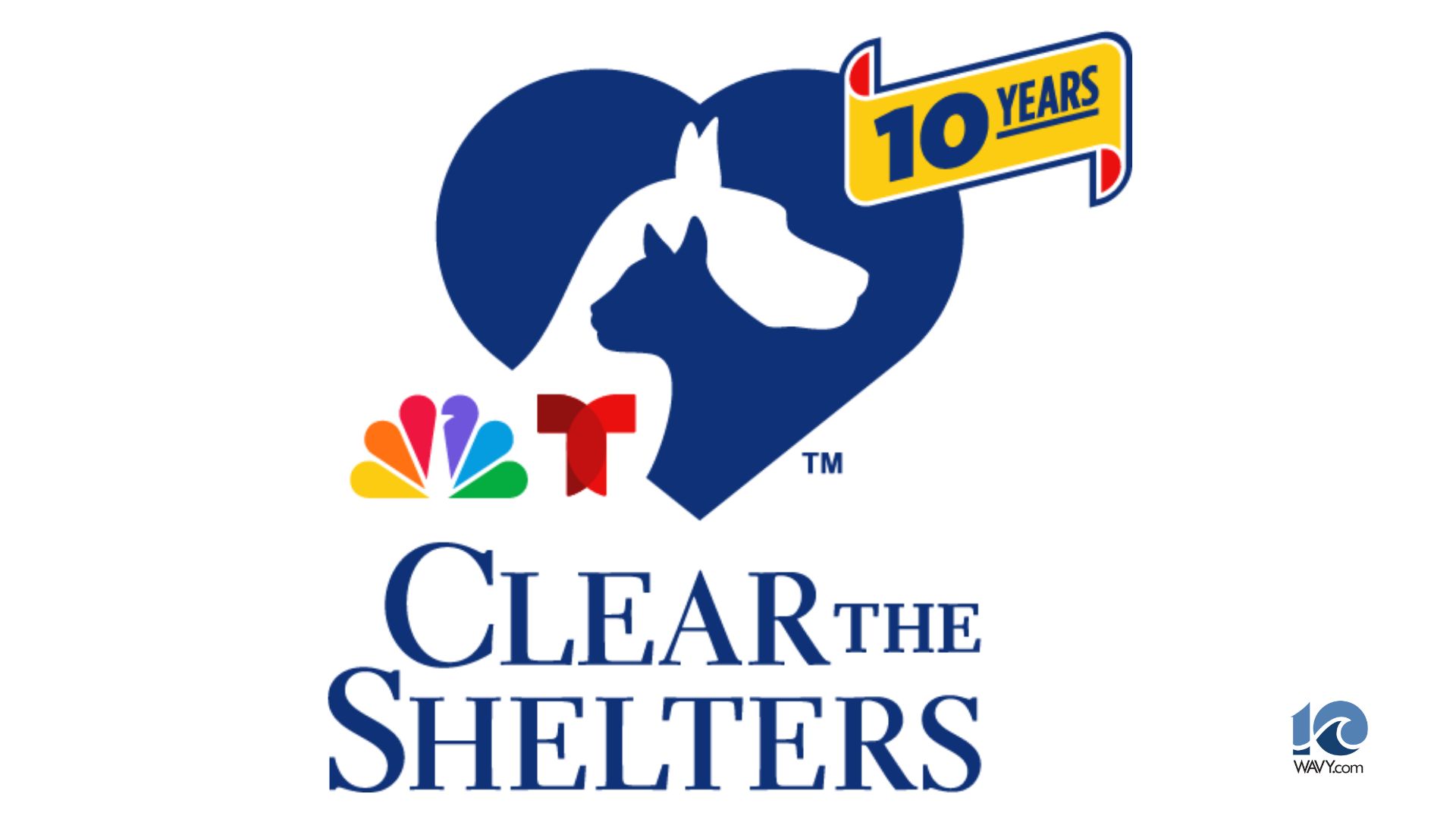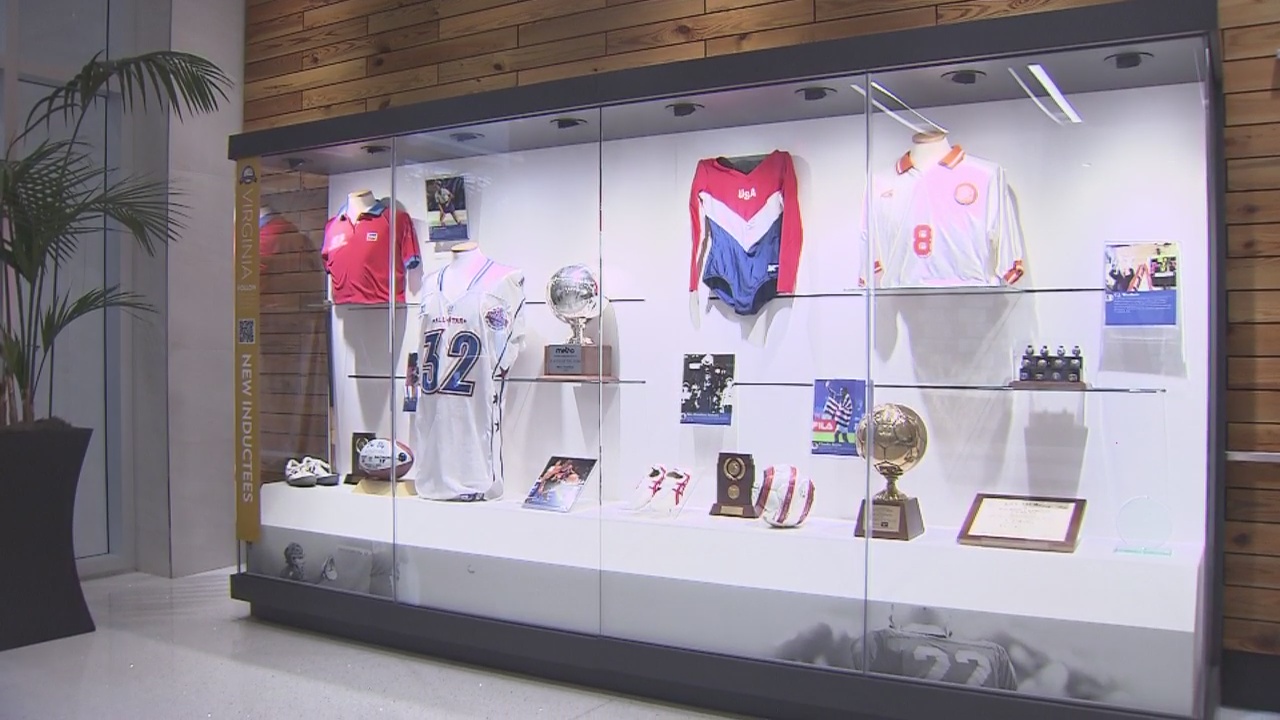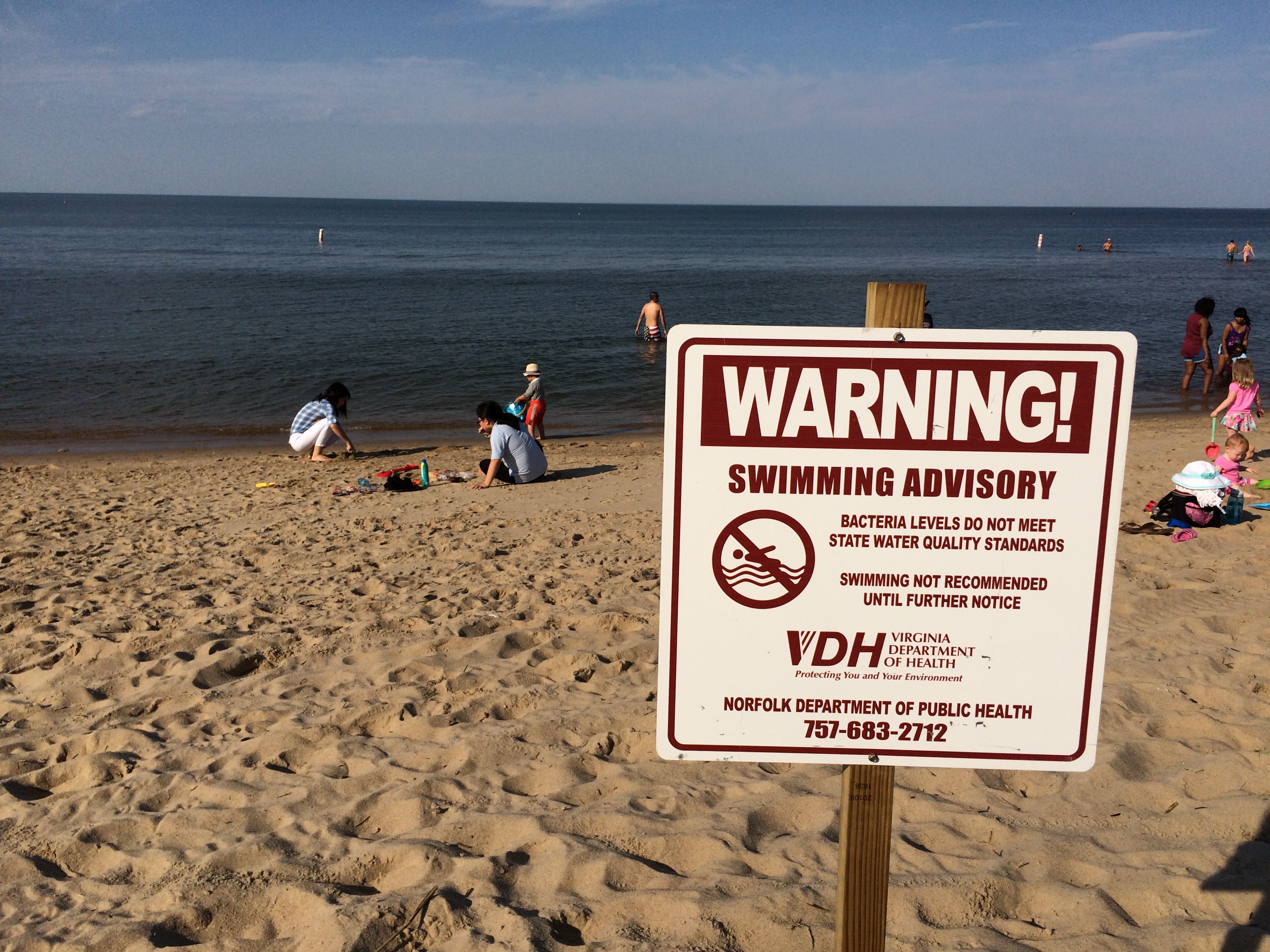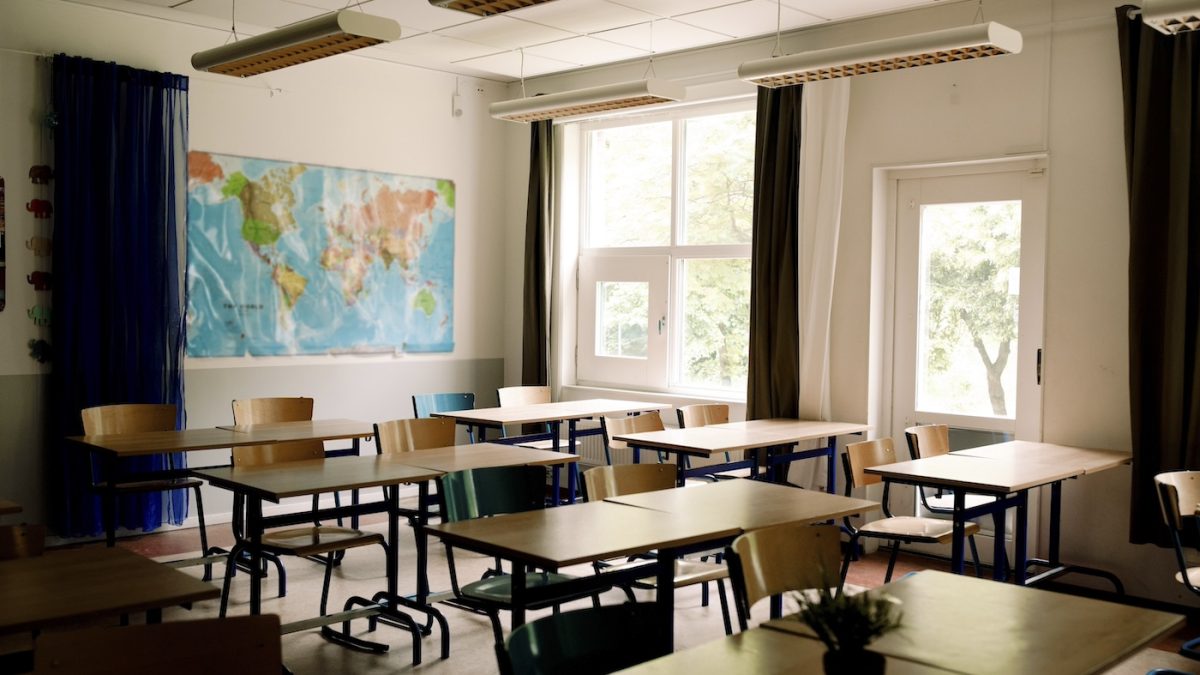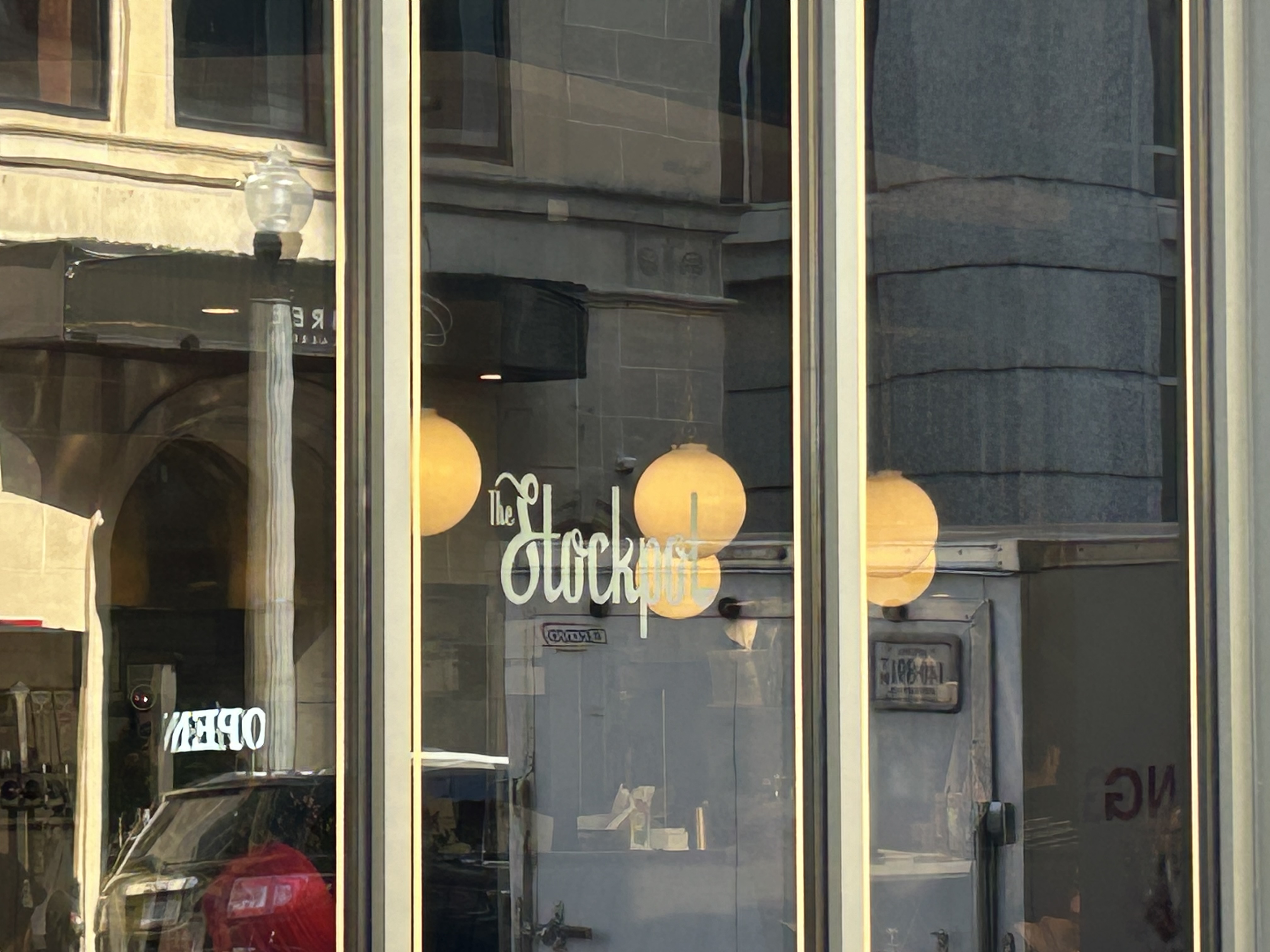Which snowshoes are best?
A thick blanket of snow can make a hike look immensely inviting, but you aren’t going to get very far without a quality pair of snowshoes. This footwear uses a wide frame to evenly distribute your weight, allowing you to travel freely on the surface of the snow.
Not all snowshoes are created equal, however, and the quality of the construction can vary greatly depending on the model. That said, if you want versatile, high-quality snowshoes from a trusted brand, the MSR Evo Trail 22-inch Hiking Snowshoes are the top pick.
What to know before you buy snowshoes
How do snowshoes work?
The use of snowshoes dates back thousands of years. This simple footwear works by distributing weight across a large surface area, thereby allowing the user to “float” on the surface of the snow instead of sinking into it. Ancient snowshoes were crafted using a wooden frame with animal skin lacings. Modern footwear follows a similar concept but uses lightweight metal and plastic instead. Today’s snowshoes also incorporate a raised toe design and crampons for improved maneuverability and traction.
Types of snowshoes
- Flat terrain snowshoes: Most snowshoes are designed with a specific terrain in mind. Most beginners and casual snowshoers should look for footwear that’s designed for flat terrain. These shoes typically feature smaller crampons and are easier to learn than other snowshoe styles. They’re also relatively affordable.
- Rolling terrain snowshoes: Rolling terrain snowshoes are designed to handle moderately sloped environments, with sturdy, adjustable bindings and long crampons to grip onto the snowy surface.
- Mountain terrain snowshoes: If you’re exploring steep slopes with severe, icy conditions, you’ll probably need mountain terrain snowshoes. These shoes are particularly tough and built to handle the most rugged environments.
Commonly used terms
- Frame: Snowshoe frames haven’t changed much since ancient times. These pieces are usually oval-shaped and crafted from composite plastic or aluminum. The frame should be wide at the front and narrow toward the tail of the shoe.
- Decking: Decking refers to the central part that fills the frame of the snowshoe. Decking was traditionally a kind of latticework, whereas modern snowshoes will typically use a single panel of vented plastic.
- Bindings: This is the part that secures your boots to the snowshoes, typically in the form of an adjustable strap system. There are two primary types of binding systems: full rotation and fixed rotation. Full rotation bindings are usually used for casual snowshoeing and feature a heel that drops away when you lift your foot. Fixed rotation bindings keep the shoe close to your heel and are better for experienced snowshoers.
- Crampons: Resembling small metal spikes fixed to the bottom of the snowshoe, crampons are used for providing traction and gripping onto ice and snow.
- Flotation: This term refers to how well a snowshoe distributes your weight and keeps you on the surface of the snow. A wide snowshoe will typically result in higher flotation.
- Articulation: This refers to how much movement your foot will have when strapped into the bindings.
What to look for in quality snowshoes
Sizing
Snowshoe size is typically measured in inches that correspond with the user’s weight. For example, adults that weigh between 120-200 pounds (including clothing and gear) can use a snowshoe that’s 25-27 inches long. To maximize mobility, try not to overestimate your weight when choosing snowshoe size.
Accessories
Many snowshoers use ski poles to maintain balance when walking, while others may wear gaiters to keep snow out of their boots. If you plan to snowshoe frequently, consider purchasing a specially designed snowshoe bag to carry your gear to and from the trail. Hand warmers can also be used for those particularly frigid days.
How much you can expect to spend on snowshoes
The cost of snowshoes can vary widely depending on the quality of the construction and the size of the frame. Most users can expect to spend around $80-$200 for a pair of simple snowshoes, and specialty models regularly exceed $300.
Snowshoes FAQ
Do you need special boots for snowshoes?
A. Any regular hiking boots can be worn with snowshoes. Try to wear a water-resistant pair to keep your feet from getting wet.
Do snowshoes have a left and a right?
A. Some snowshoes have a left and a right, but most can be worn on either foot without any issues.
What are the best snowshoes to buy?
Top snowshoes
MSR Evo Trail 22-inch Hiking Snowshoes
What you need to know: These versatile, durable snowshoes are built for a variety of terrains.
What you’ll love: Backed by an industry leader, these lightweight and versatile snowshoes have an alloy steel frame with durable, carbon steel crampons. Users note the ease of use and maneuverability offered by this footwear.
What you should consider: Some users felt that these snowshoes were noisier than they’d like.
Where to buy: Sold by Backcountry
Top snowshoes for the money
Chinook 80006 Trekker Snowshoes
What you need to know: These affordable snowshoes boast a sleek design and come with a free storage bag.
What you’ll love: Perfect for casual snowshoeing, this budget-friendly footwear features an aluminum frame and quick-release bindings. The purchase also includes a carrying bag with straps, side handles and a compartment for ski poles.
What you should consider: These shoes are designed for flat terrain only. Mountain and rolling terrain hikers may want to look elsewhere.
Where to buy: Sold by Amazon
Worth checking out
Yukon Charlie’s Sherpa Snowshoes
What you need to know: This is a user-friendly snowshoeing kit that includes everything you need to get started.
What you’ll love: This comprehensive kit comes with a pair of lightweight, green and black snowshoes, two ski poles and a mesh storage bag. The “quick-click” bindings make getting in and out of the shoes simple and easy, and the hardened steel crampons are great for gripping snow.
What you should consider: A few users received shoes without the advertised accessories.
Where to buy: Sold by Amazon
Sign up here to receive the BestReviews weekly newsletter for useful advice on new products and noteworthy deals.
Patrick Farmer writes for BestReviews. BestReviews has helped millions of consumers simplify their purchasing decisions, saving them time and money.
Copyright 2022 BestReviews, a Nexstar company. All rights reserved.



